Splinterlands is a digital card trading game that is a unique blend of gaming and blockchain innovation. In this play-to-earn (P2E) experience, your cards are more than just pieces in a game; they are valuable assets represented as NFTs on the blockchain. This web3 desktop and mobile game includes battles that are not only fast-paced but require cunning strategy, as you draft and assemble a team of 6 cards from your collection.
Splinterlands resides on the Hive blockchain, backed by the governance of Splintershards (SPS) while having Dark Energy Crystals (DEC) as the game’s primary in-game currency. And here’s the twist – assets can even transcend the Hive blockchain, thanks to asset bridges, introducing an exciting cross-chain dimension involving platforms like ETH, BSC, and WAX.
It is also worth mentioning that the “Summoners Spellbook” is an important upgrade so that you can reap maximum benefits from the game’s play-to-earn feature.
Gameplay — Types & Formats
Types of battles
There are two different game formats currently present in Splinterlands.
The Modern format and The Wild format
Modern format matches
In this format players that have cards from recent collections are filtered out being the only ones allowed to play. What this does is that players do not have to worry about facing cards of high rarity that will leave them stumped amidst battle. This empowers fairer gameplay where players who have a better strategy have better chances of winning.
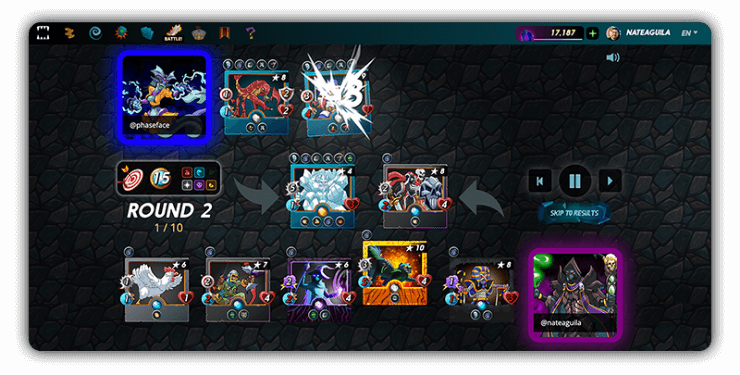
Wild format matches
In this format, players that have a diverse collection of cards can face other players with no holds barred on what cards come into play. Cards from both alpha and beta will be allowed so we’ll get to see many rare cards in this format.
Players can exercise the power of choice when it comes to choosing between the formats to play in.
Challenges & Unranked Matches
You even get the choice to just practice in unranked matches, or challenge a specific user/friend to a duel.
The challenge option is pretty flexible since you can set levels and cards that can be used.
When it comes to unranked matches – they just exist so you can familiarize yourself with how the game works, how you can start drafting and how you can learn to strategize with different sets.
Watch & Learn
Another very unique feature the Team at Splinterlands has added is that you can watch ranked matches of either the “wild” or the “modern” format. You can even enter a player’s name and view their matches. This is a really handy feature as you can learn more about strategy from players who have spent time on improving their craft.
Cards —Types of Cards
The epitome of the game is cards.
There are currently two types of cards present in the Splinterlands universe:
- Summoners
- Units
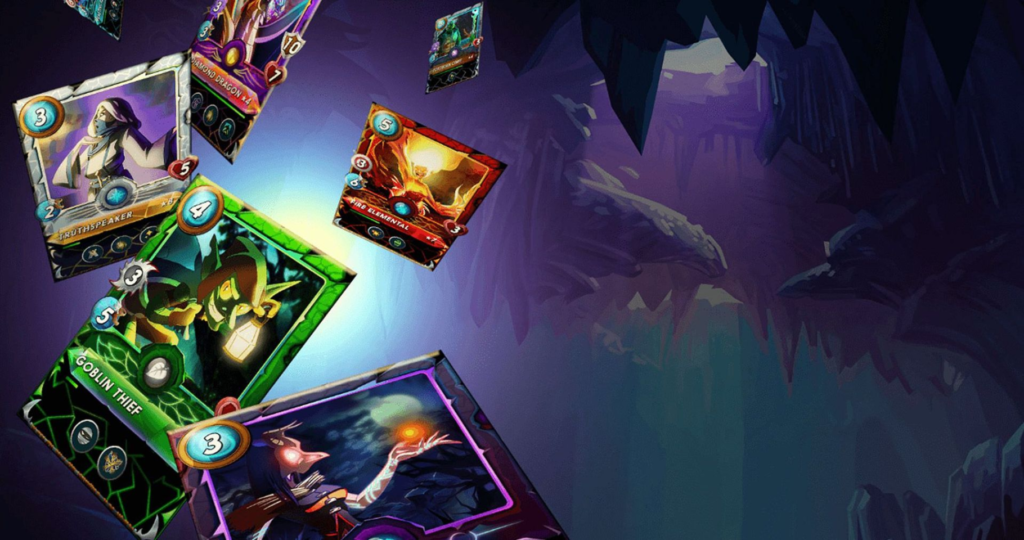
Cards — Summoners
You can choose one summoner per battle and the summoner proceeds to give a team of 6 units of your choice.
Each summoner has its own pros, cons and specialties which may affect your units(cards) or the opponent team’s units.
A summoner does not gain any perks of its own when it levels up, rather it can then produce units of higher levels, but the level of units is limited according to the league you are playing in.
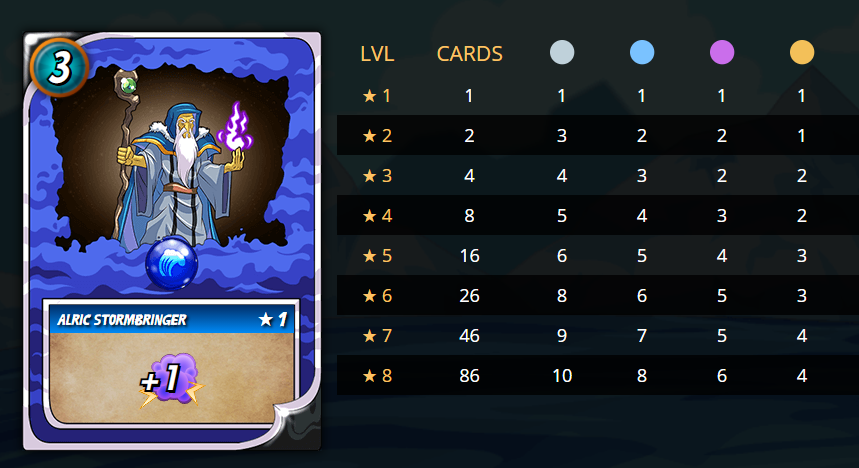
Cards — Units
The “Unit” cards includes all cards that aren’t considered Summoners. When leveled up, units have an increment in stats such as Attack, Health, Armor and Speed. New specialties can also be unlocked when achieving new levels. Units are typically associated with particular Elements such as Fire, Water, Earth, Life, Death, or Dragon. Alternatively, they might fall under the “Neutral” category. While Neutral Units can be summoned by any Summoner regardless of their Element, other Units can only be summoned by sharing the same Element.
Card Rarities
Rarer cards are harder to acquire There are currently 4 Card rarities:
- Common
- Rare
- Epic
- Legendary
Card Stats
There are 7 stats that one should keep in mind when playing Splinterlands.
- Card Health
A Unit’s health dictates its capacity to endure damage during engagements.Each Unit is equipped with a specific quantity of HP. The HP attributed to a card can differ based on the card’s inherent attributes and its level.
- Speed
The speed attribute plays a major role in whether your unit will land a hit or not. Every Unit has a specific speed attribute upon entering battles. The speed value assigned to a card is variable based on the card’s unique characteristics and its current level.
- Attack
There are 3 types of different attacks in Splinterlands.
A Melee Attack is used only in close range and has a specific number of attack points when it comes in to battle
A Ranged Attack can be used from any range whatsoever.
Magic Attacks can also be used from any range but they have the special ability to penetrate through the armor and deal damage directly to the opponent’s health.
- Armor
Armor serves as a protective layer in certain units during battles, absorbing damage inflicted by both range and melee attacks. When armor is active, the damage is directed towards the unit’s armor value rather than its health, preserving the unit’s health as long as the armor remains intact.The protection level of the armor also depends on the card and its level.
- Abilities
Within the infinite collection of Splinterlands cards, there exists a multitude of abilities, each offering unique benefits. Some abilities emerge as cards level up, while others are inherent from level 1. It’s noteworthy that abilities are not exclusive to Units alone but extend to Summoners as well. The abilities add depth and complexity to the strategic landscape of Splinterlands battles.
- Elements
Elements are a key part in this web-3 game. Each element boasts unique strengths and vulnerabilities, tailored to specific scenarios e.g Water overpowers Fire. The game’s cards are evenly distributed among seven distinct elements: fire, water, earth, life, death, dragon, and neutral. Another thing worth mentioning is that Summoners can exclusively summon cards aligned with their element while Neutral cards transcend elemental boundaries, available to all Summoners.
- Mana Cost
Every card drafted takes up ‘Mana’ upon entering the battlefield. Before each battle, players encounter a set ‘mana cap’ that serves as the upper limit for Mana points used in team assembly. Every card is assigned a ‘mana value’. When in team selection, a mana calculator also aids in assessing mana utilization. Ensuring the combined mana values of selected cards align with or remain below the designated limit is key before entering into battle.
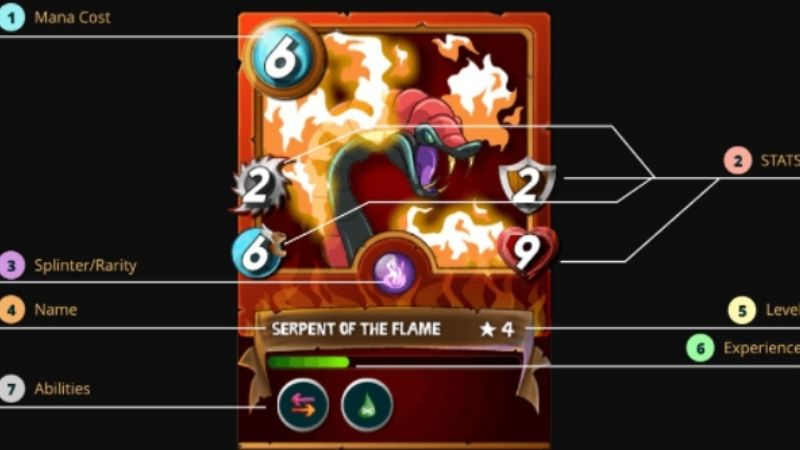
Tokenomics
Dark Energy Crystals (DEC)
Dark Energy Crystal is the official in-game currency for Splinterlands.
DEC serves various functions within the game ecosystem. It can be utilized for card acquisition or rental and is tradable on platforms such as Hive-Engine and Uniswap.
Furthermore, DEC ownership can lead to earning Splintershards(SPS) rewards via participation in liquidity pools.
How to obtain DEC?
DEC can be obtained in the following ways:
- Renting out or straight up selling your cards
- Burning your beloved cards
- Buying it via the marketplace
How do I Use DEC?
- Obtain items from the Splinterlands Shop; purchasing card packs & items
- Enhance guild strength by using DEC, note that this will burn the DEC.
- Participate in daily and season card rentals Acquire potions from the Splinterlands Marketplace.
- Buy energy within the Energy System In the upcoming Land release, staking one max level card per plot will require 10,000 DEC.
Splintershard (SPS)
Splintershards (SPS) is the in-game governance token. It offers players, asset owners, and stakeholders decision-making power and influence over the product’s development.
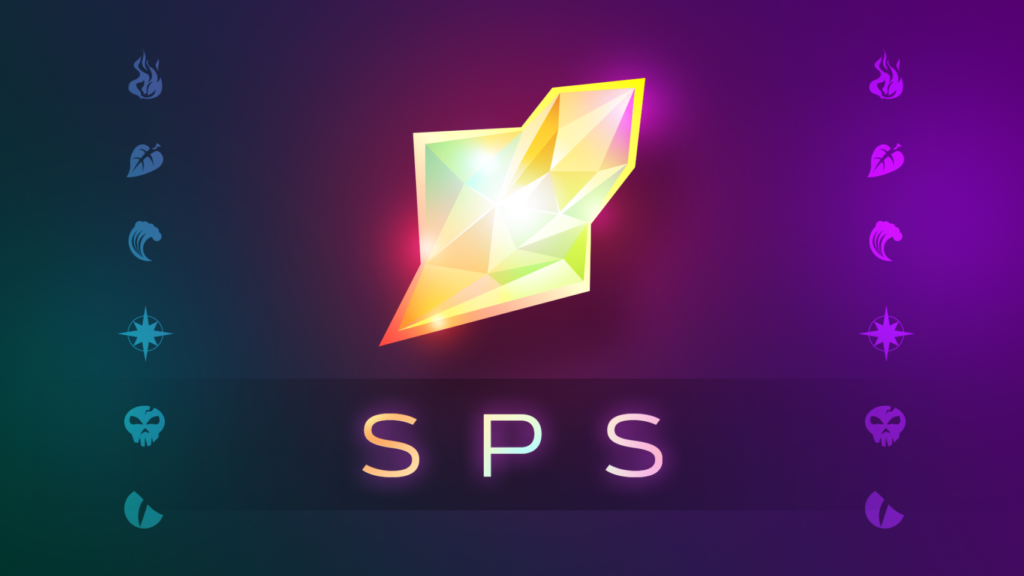
Decentralized Autonomous Organization (DAO)
Players will have the option to stake their SPS tokens within the smart contract, granting them the ability to participate in governance voting within the DAO.
The community of token holders will hold complete control over the Splintershards token (SPS), enabling modifications to token functionality and associated smart contracts through voting by staked SPS holders.
Although it is upto the stakeholders to decide how these funds will be used, for example:
- Allowing Liquidity
- Adding payment for certain services
- Funding an outside organization for development
- Option to Stake & Earn
- Can be used for investing as well
Governance Participation
Splintershards (SPS) enable player governance through voting. Players holding staked SPS tokens can vote on ecosystem changes. Each token equates to one vote, with more tokens leading to greater influence. Users can propose changes by submitting SPS tokens, and transactions are recorded on the Hive blockchain. The governance system will automate updates approved by SPS stakeholders, without direct intervention. Players can also propose new changes, with significant SPS stake potentially prompting Splinterlands team implementation.
It is worth mentioning that Players are not required to possess a Binance Smart Chain wallet or engage with BSC to acquire SPS tokens through the Splinterlands game or take part in game-related governance voting. Tokens earned within the game will be held in the SPS smart contracts on BSC until such time that a player decides to move them to a BSC wallet address..


